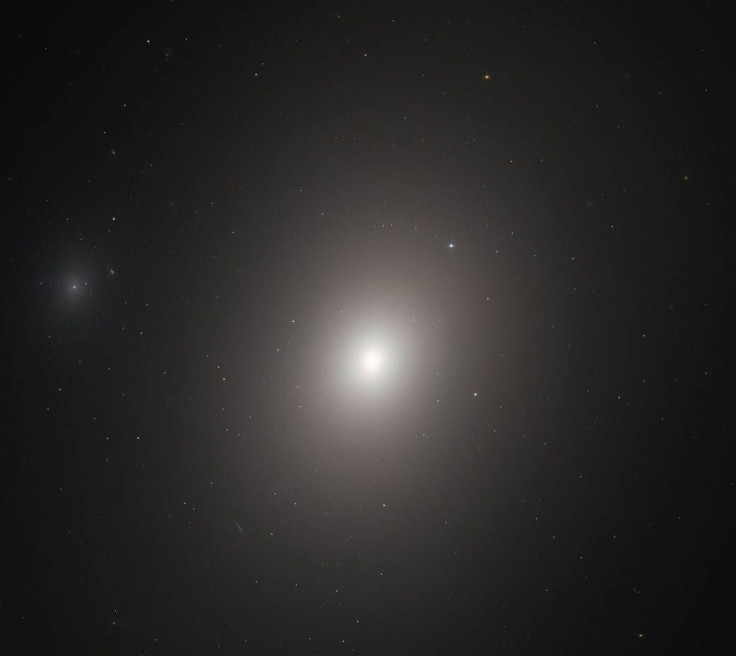NASA’s Hubble Tracking Galaxy Approaching Earth At 543,000 MPH

NASA and the European Space Agency’s (ESA) Hubble Space Telescope is currently monitoring a galaxy that’s rapidly moving towards Earth’s neighborhood. The galaxy is reportedly moving so fast that some of its features are getting stripped away.
The moving galaxy has been identified by space agencies as Messier 86. According to the ESA, this galaxy was discovered over two centuries ago by an astronomer known as Charles Messier. Unfortunately, it is not yet clear what type of galaxy Messier 86 is.
“This image from the NASA/ESA Hubble Space Telescope shows the galaxy Messier 86,” the ESA stated. “Despite its being discovered over 235 years ago by astronomer Charles Messer, the morphological classification of Messier 86 remains unclear.”
“Astronomers are still debating over whether it is elliptical or lenticular (the latter being a cross between and elliptical and spiral galaxy),” the agency added.
According to the ESA, Messier 86 is situated in the Virgo Cluster, which is about 50 million light-years from Earth. Through Hubble’s observations, ESA and NASA were able to learn that the galaxy is moving towards Milky Way.
The agencies noted that Messier 86 is moving at speeds of over 543,000 miles per hour. Due to its current speed, the galaxy is going through a process that strips off its gas and dust. The ESA explained that this occurs as the galaxy goes through the resistive material in between the other galaxy clusters.
“The galaxy is moving through space remarkably quickly – its current trajectory is bringing it in our direction, back towards the center of its cluster from the far side, at the incredible speed of over 543,000 mph,” the ESA stated.
“Because of the speed with which it is moving through the cluster, Messier 86 is undergoing a process known as ram-pressure stripping,” the agency continued. “The resistive material filling the gaps between individual cluster galaxies is pulling at the gas and dust of Messier 86 and stripping them out as the galaxy moves.”
According to the ESA, the gas and dust that has been stripped away from the galaxy has created a long trail of hot gas that emits X-ray radiation. Both NASA and the ESA have not yet released a statement to discuss what will happen to Messier 86 or when it will collide with Milky Way.
© Copyright IBTimes 2025. All rights reserved.





















